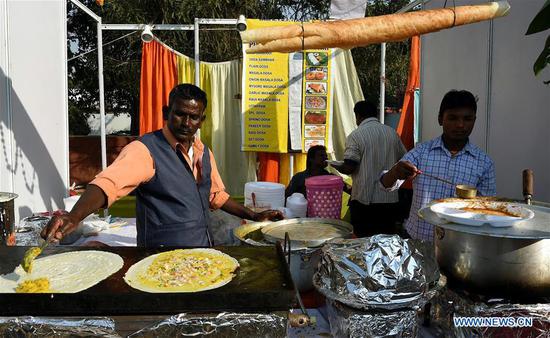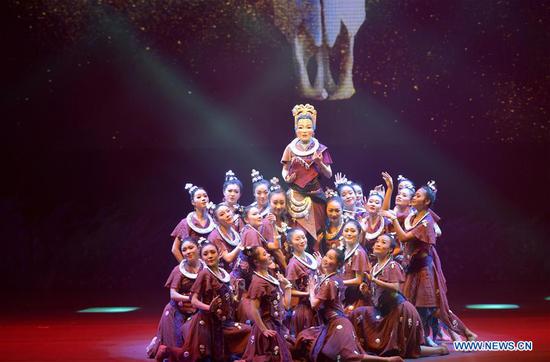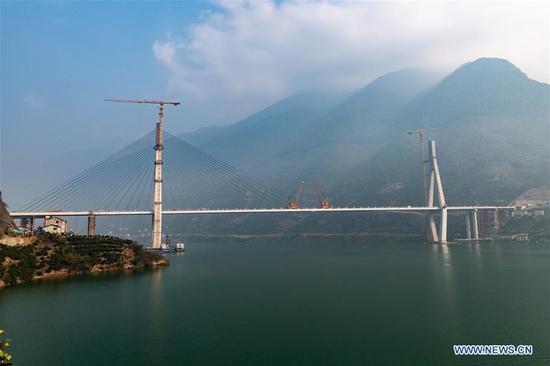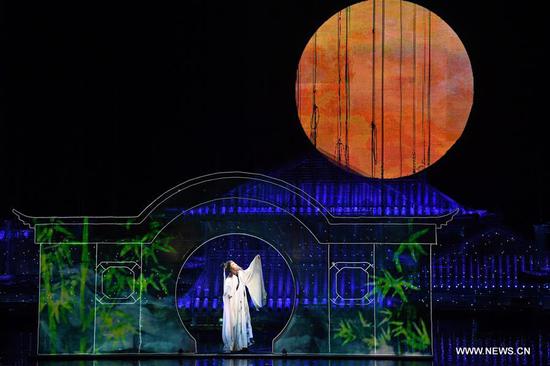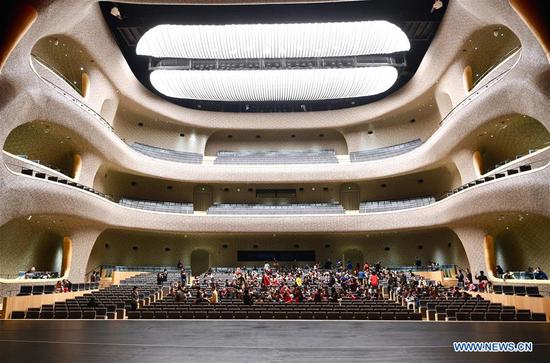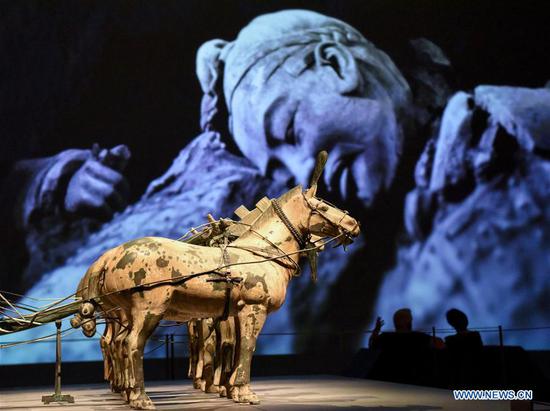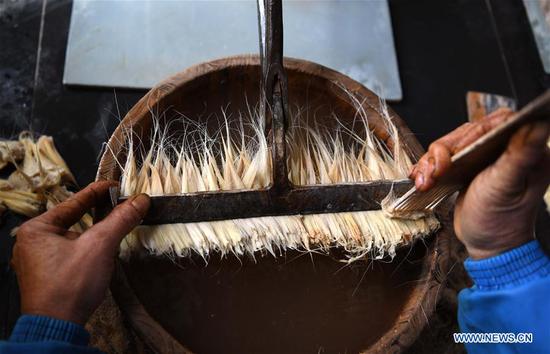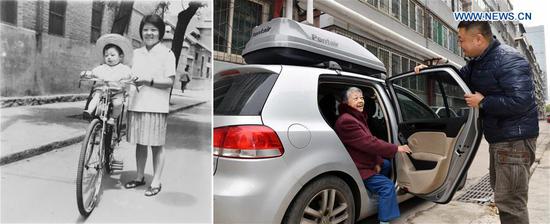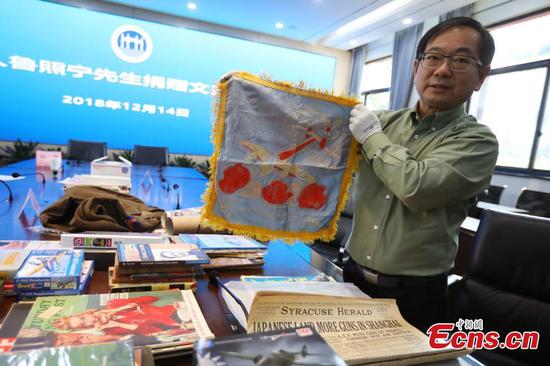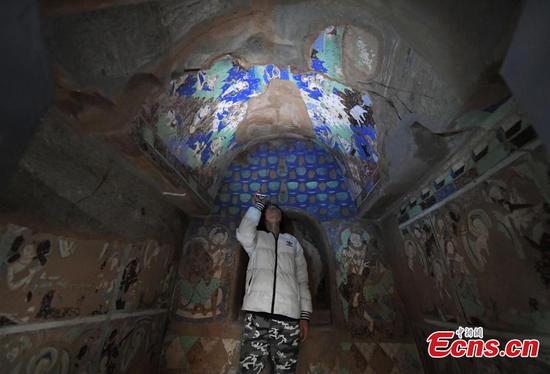Beijing citizen Cui Jianguo still remembered the scene when neighbors rushed to his home to look at an imported color television he bought with his employer's guarantee, telling People's Daily that color television was not a common thing at that time.
Back in the early 1980s, Ms Li in Shenzhen also recalled that people had to line up to make purchases with notes, she said to the newspaper.
Nowadays, China's output of products, such as air conditioners, refrigerators, color TVs, washing machines, microcomputers, tablets and smartphones, has led the world.
Along with that, massive changes have happened in China since the introduction of the reform and opening-up policy in 1978, with its per capita GDP growing 22.8 times to 59,660 yuan over the past 40 years, lifting China from the notch of the world's low-income countries up to those in the middle income.
"The supply and demand in China's market has presented a fundamental change over the past four decades, and today there are various products with a huge supply," said the National Bureau of Statistics.
China's total retail sales of consumer goods, an indicator reflecting the development of the consumer goods market, grew from 155.9 billion yuan in 1978 to 36.63 trillion yuan in 2017. As of last year, every hundred urban households owned an average of 235 mobile phones, 80.8 computers and 37.5 cars.
Meanwhile, services in aspects like entertainment, tourism, catering and health emerged as a new consumptive spotlight. In 2017, total expenditures in traveling reached 4.6 trillion yuan, a forty-five fold increase compared with that of 1994, and China has become a country with the most outbound tourism. The country's box office also raked in 55.9 billion yuan, growing more than 22 times compared to that of 1991.
On top of plenty of goods and services stimulating consumption, rising income also boosted the consumption momentum. According to the National Bureau of Statistics, in 2017 per capita disposable income of residents came in at 25,974 yuan, up 22.8 times that of 1978.
China's economy expanded at an average rate of 9.5 percent over the last 40 years, far beyond the world economy's 2.9 percent in the same period. And its GDP rose from 367.9 billion yuan in 1978 to 82.71 trillion yuan in 2017.
The country's industrial structure has continued to optimize and its economic growth has been driven by consumption, investment and export. At the same time, China has recorded the largest foreign reserve in the world.












